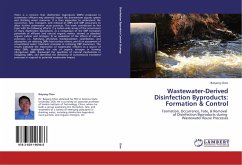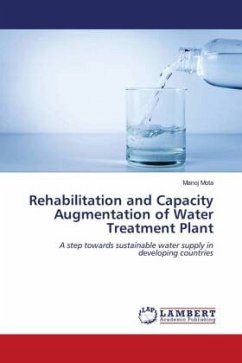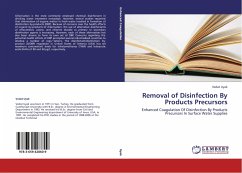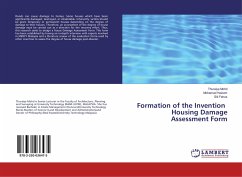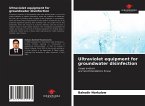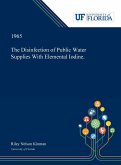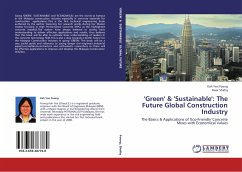There is a concern that disinfection byproducts (DBPs) produced in wastewater effluent may adversely impact the downstream aquatic system and drinking water resources. It is thus imperative to understand the occurrence, fate, transport, and removal of DBPs and DBP precursors to allow further wastewater reuse practices. This work contributed to this topic with the following efforts: 1) a nation-wide survey of the occurrences of many disinfection byproducts; 2) a comparison of the DBP formation potentials of effluent and natural organic matter, termed as dissolved organic carbon and nitrogen; 3) an evaluation of the effects of natural processes, i.e., hydrolysis, photolysis, biodegradation, volatilization, and adsorption, on reducing DBPs from surface waters; and 4) an assessment of conventional water treatment processes in removing DBP precursors. The results indicated the importance of wastewater effluent as a source of many DBPs, highlighted the role of organic nitrogen in forming nitrogenous DBPs, discovered the specificity of natural mechanisms in mitigating DBPs, and identified the deficiency of conventional treatment processes in respond to potential wastewater impact.
Bitte wählen Sie Ihr Anliegen aus.
Rechnungen
Retourenschein anfordern
Bestellstatus
Storno

